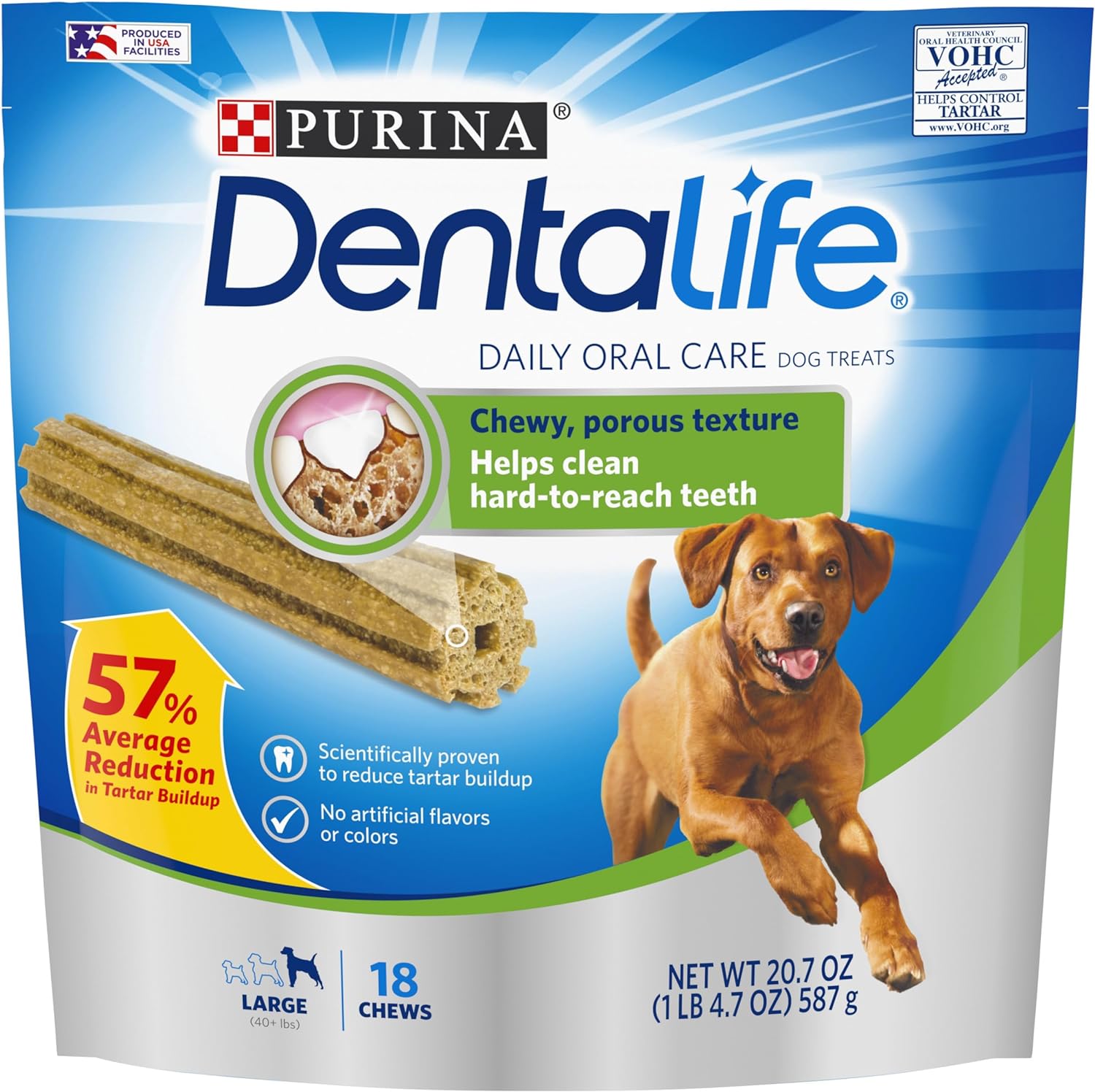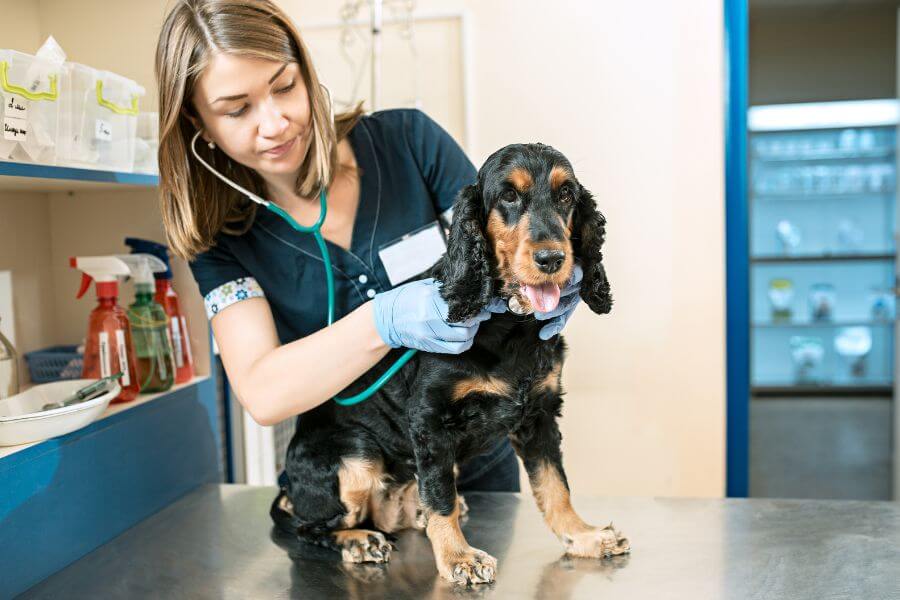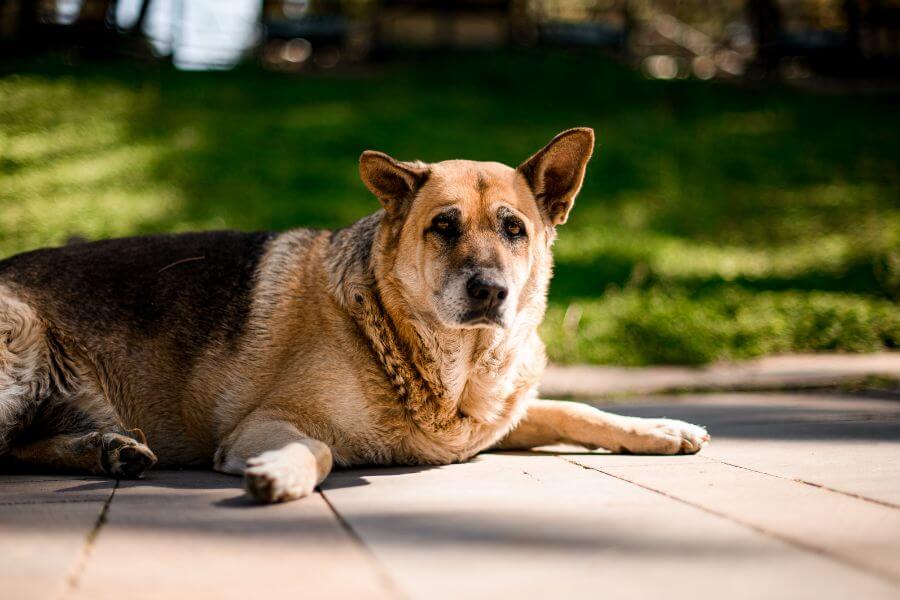
In the realm of playful distractions, few tools have captivated both pets and their owners quite like the laser pointer. With a simple flick of

In the realm of playful distractions, few tools have captivated both pets and their owners quite like the laser pointer. With a simple flick of

You’re out on a nice stroll through the park when you discover that your dog ate goose poop. Discovering that your canine companion has indulged

I started using Purina Dentalife Dog Chews last year after my Amazon Fresh account recommended them during a routine shopping visit. As an evidence-based pro-veterinarian

Imagine this: you’re at the veterinarian for a routine checkup when they mention that your pet has a heart murmur. While this condition may seem

Fleas are more than just a nuisance for our canine companions—they’re persistent parasites that can cause discomfort and health issues (including tapeworms, yuck!) if left

Acid reflux, a common gastrointestinal issue in dogs, can cause discomfort and disrupt their daily routines. Just like humans, dogs can experience this condition, leading

There is a lot of conflicting information out there about puppy vaccines, including when to vaccinate your puppy, and if vaccines are even safe. No

Experiencing your beloved canine companion throwing up after eating can be distressing and concerning for any pet owner. Concerns about toxins, mold, and disease come

If your dog experiences a seizure, it can be a frightening and distressing situation. However, it’s crucial to stay calm and take appropriate steps to

Obesity in dogs is a prevalent issue, with approximately 56% of dogs in the United States being classified as overweight or obese. There is a